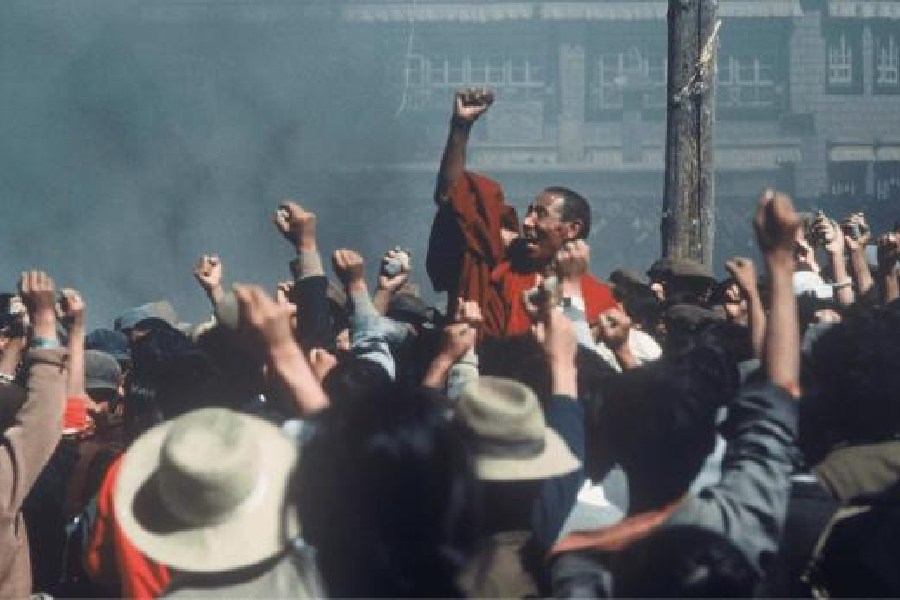Book: Echoes from Forgotten Mountains: Tibet in War and Peace
Author: Jamyang Norbu
Publication: Viking
Price: Rs 1,299
Memories are political. Often what is remembered or what is forgotten can tell us a lot about how power operates and the kinds of social, political, and economic ideology that dominate society. This book, by the Tibetan political activist and writer, Jamyang Norbu, is an act of such political memorialisation.
Norbu is best known in literary circles for his Sherlock Holmes spin-off, The Mandala of Sherlock Holmes. But his new book is autobiographical. Spanning over a magisterial 962 pages, it is incredibly rich in detail, harking back to a version of the autobiography that privileges comprehensiveness of storytelling over neatly packaging the narrative to capture the scattered attention span of the modern reader.
It tells the story of the Chinese invasion of Tibet, the subsequent Tibetan rebellion, the exile of the Dalai Lama to India, and the forgotten history of the armed Tibetan resistance against the Chinese between 1957-1973. Supported by the United States of America as part of its Cold War strategy against communist regimes, these resistance fighters were trained and financially provided for the Central Intelligence Agency. However, with changing geopolitical realities, the US withdrew its support.
Apart from the political history of these resistance fighters, the book is also replete with accounts of personal histories that Norbu is particularly well placed to tell due to his active role in many of these events. Some of the most interesting parts of the book are its re-tellings of the rich and colourful history of 1960s’ Kalimpong where Norbu grew up. Amongst the fascinating characters of his childhood are Scottish missionaries, former Burmese royalty, Russian orientalists, members of the Greek and Danish royal families, and even Chinese scholars!
The book also offers a contrasting view of Tibetan communities that are often seen as being deeply religious, spiritual, and committed to non-violence. Norbu shows that fighters for Tibetan freedom offered spirited, often violent, resistance against the Chinese. This may explain why Norbu’s writings have proven to be controversial with the Tibetan government-in-exile in India.
The detailed narratives also mean that a reader is unlikely to read it in a single sitting. Instead, the book needs to be savoured over a longer period of time. Its serialised structure, with multiple, distinct chapters, makes it possible to be read in this way. The emphasis on oral histories and critical reflections on real-life events make the book primary material for historians.

